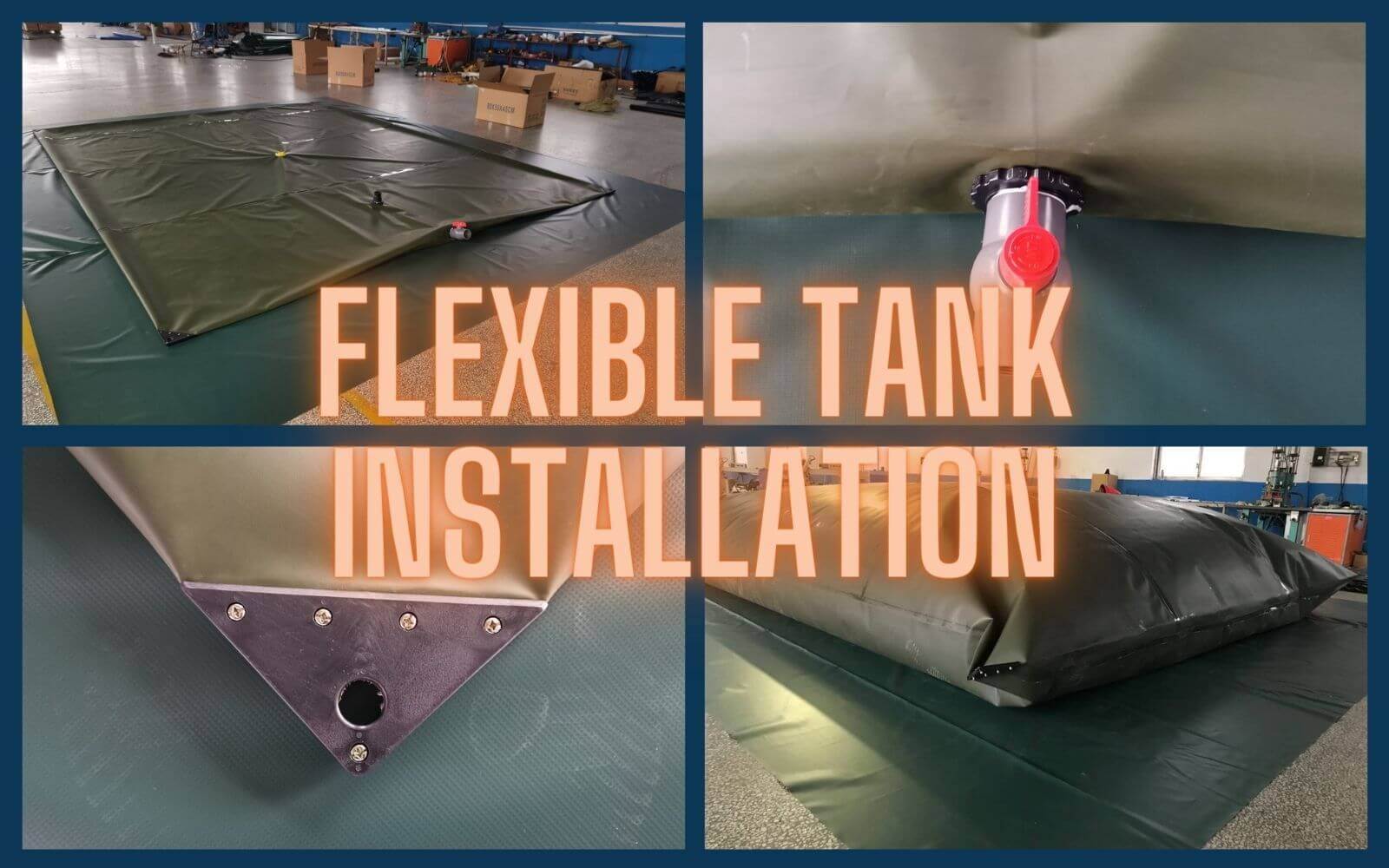Installing a pillow water tank is a relatively simple process that can be completed with a few basic tools and materials. Here are the general steps to follow when installing a flexible water tank:
Before installing the pillow tank, you’ll need to select a suitable location that is flat and free from sharp objects or debris. Avoid areas with heavy foot or vehicle traffic, as these can damage the tank.
Clear the area of any debris or sharp objects that could puncture the water bladder tank. If the ground is uneven, level it with a shovel or rake to ensure the tank will sit evenly.
Unpack the pillow tank and lay it out flat on the prepared site. Check for any visible damage or defects before proceeding with installation.
Install the fill and drain fittings on the pillow water bladder tank according to the manufacturer’s instructions. Make sure they are securely fastened and properly aligned.
Attach the inlet and outlet hoses to the fill and drain fittings, respectively. Secure them in place with hose clamps or other appropriate fasteners.
Use straps or ropes to secure the tank to the ground anchors or other secure points. Be sure to tighten the straps or ropes securely to prevent the tank from shifting or moving.
Once the tank is securely in place, you can fill it with water. Check for leaks around the fittings and connections, and make any necessary adjustments.
Regularly inspect the pillow tank for signs of wear and tear, and clean it as needed to prevent the buildup of sediment or other contaminants.
It’s important to note that these are general steps and that the specific installation process may vary depending on the type and size of the pillow tank.
Always refer to the manufacturer’s instructions for the most accurate and up-to-date installation guidelines.








